
Sorry, your browser is not compatible with this application. Please use the latest version of Google Chrome, Mozilla Firefox, Microsoft Edge or Safari.
Agriculture content

Questions and Answers
Rabies remains a serious public health concern, especially as human and wildlife interactions increase. This USDA resource explains how rabies spreads, ways to recognize potential cases, and the critical steps…
Learn More


Texas Floods July 2025
In early July 2025, Tropical Storm Barry unleashed torrential rain across Central Texas, the Hill Country, and the Concho Valley, pushing rivers like the Guadalupe to major flood stage. Communities…
Learn More


General Processed Procedures Manual
This manual from USDA’s Specialty Crops Inspection Division outlines the official procedures for inspecting processed fruits and vegetables. It details protocols for grading, in-plant inspections, label use, sample handling, and…
Learn More

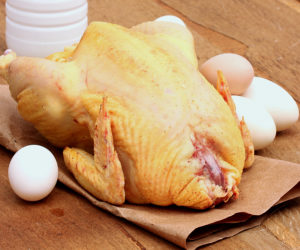
Estimating the USDA, Economic Research Service...
Behind every food product on your table lies a complex system of data, surveys, and calculations. This report from USDA’s Economic Research Service details how the agency estimates costs and…
Learn More


USDA Agricultural Projections to 2034
The USDA’s Agricultural Projections to 2034 outline expected trends in U.S. farm production, trade, and economic conditions. Over the next decade, soybean and livestock production will rise, while corn and…
Learn More


Outlook for U.S. Agricultural Trade: February 2025
The U.S. agricultural trade forecast for 2025 reflects a shifting global economy, with exports projected at $170.5 billion and imports rising to $219.5 billion. While grain and feed exports are…
Learn More


Animal Welfare and Treatment Label Claims in U.S....
Consumer demand for ethically produced eggs has reshaped the U.S. retail market, with labels like cage-free, organic, and pasture-raised commanding notable price premiums. Between 2008 and 2018, these specialty eggs…
Learn More

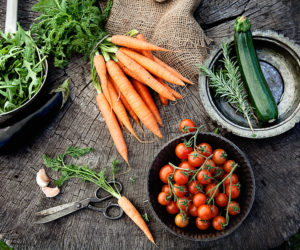
Organic Situation Report, 2025 Edition
The Organic Situation Report, 2025 Edition dives into the evolving landscape of organic agriculture, highlighting both challenges and opportunities. While consumer demand for organic products remains strong, reaching nearly $70…
Learn More


Irrigation Organizations: Water Measurement and...
Water is a critical resource in agriculture, and how it is measured and priced can significantly impact conservation efforts and efficiency. This report examines how irrigation organizations across the U.S.…
Learn More

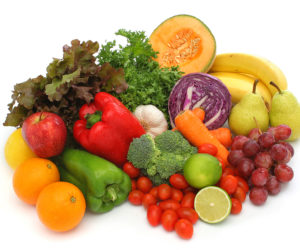
Trends in U.S. Fruit Consumption Relative to...
Fruit consumption in the U.S. has been steadily declining, with average intake dropping nearly 20% since the early 2000s. Despite the Dietary Guidelines for Americans recommending 2 cups of fruit…
Learn More


The Economics of Cellular Agriculture
Cellular agriculture is reshaping how we think about food, producing meat, seafood, eggs, and dairy with little to no animal involvement. This innovative approach, which includes precision fermentation and cell-cultured…
Learn More


The National School Lunch Program: Background,...
The National School Lunch Program: Background, Trends, and Issues, 2024 Edition dives into how one of the nation’s largest food assistance programs has evolved over time. It explores the impact…
Learn More

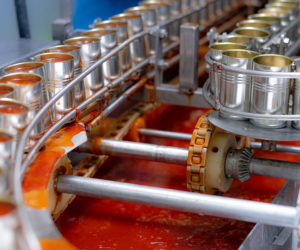
Food Safety: USDA Should Take Additional Actions...
Each year, millions of Americans are affected by foodborne illnesses, with pathogens like Salmonella and Campylobacter continuing to pose significant risks. While the USDA has taken steps to reduce contamination…
Learn More

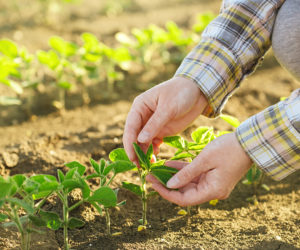
America’s Farms and Ranches at a Glance: 2024...
America’s farms and ranches are as diverse as the landscapes they cultivate, with family-owned operations making up 96% of all farms in 2023. While small farms dominate in numbers, large-scale…
Learn More


USDA Climate Adaptation Plan 2024-2027
The USDA’s 2024-2027 Climate Adaptation Plan takes bold steps to address the evolving challenges posed by climate change. Building on its 2021 Plan, it outlines actionable strategies to protect landscapes,…
Learn More


